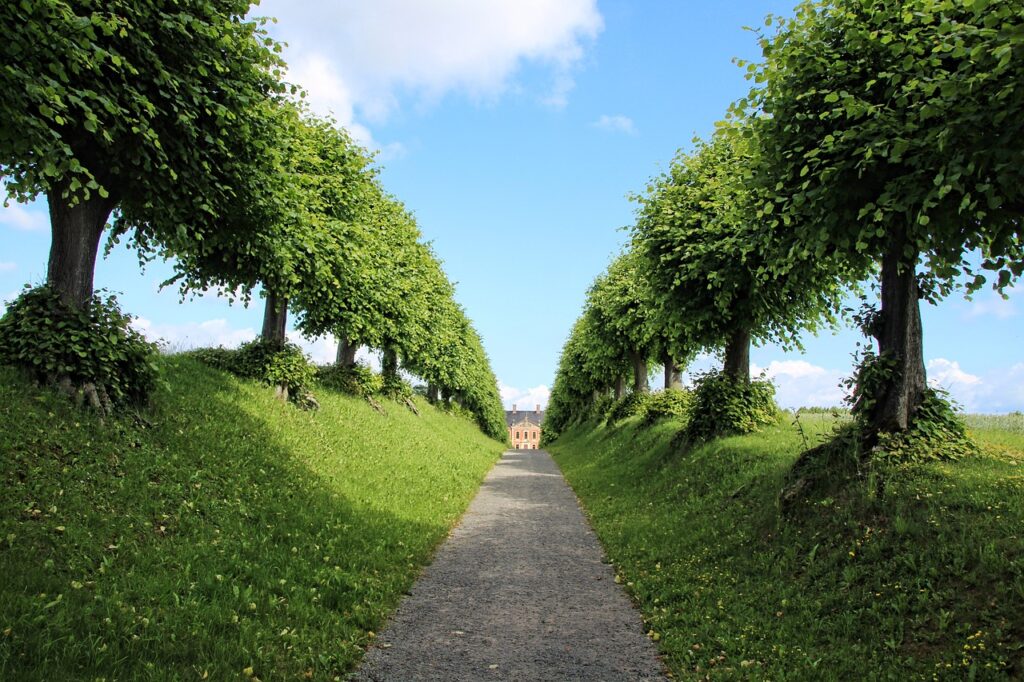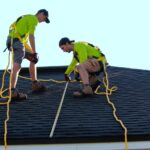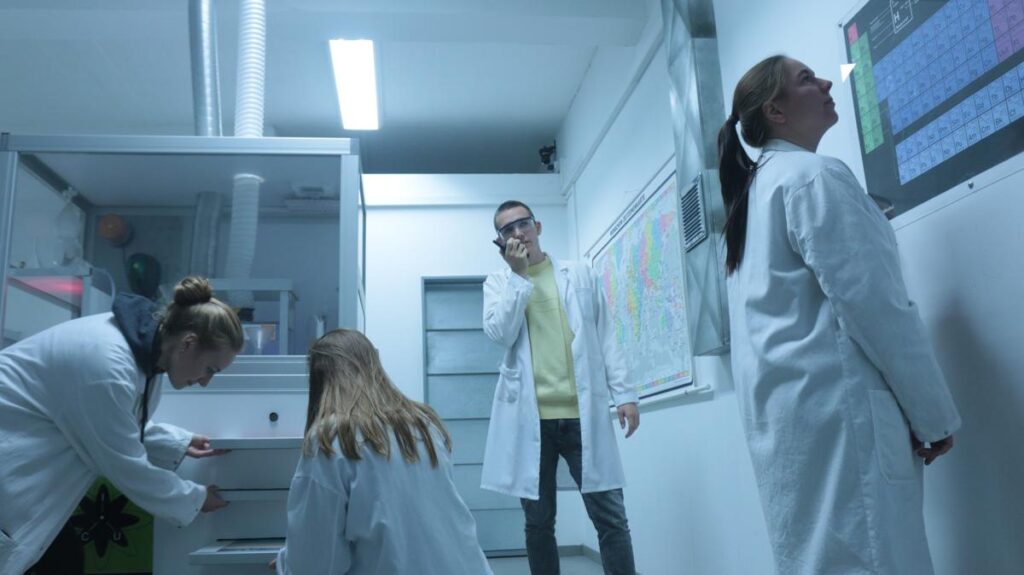Trees are a beautiful and essential part of any landscape, providing shade, oxygen, and aesthetic value to your property. However, like any living organism, trees require proper care and attention to remain healthy and safe. Ignoring signs of distress or damage in your trees can lead to serious consequences, both for the trees themselves and for the safety of your home and family. In this blog post, we’ll explore key indicators that it’s time to call a tree care service to ensure your trees are well-maintained and your property remains safe.
Visible Signs of Disease or Decay
One of the most obvious indicators that your tree needs professional care is the presence of visible signs of disease or decay. If you notice mushrooms or fungi growing at the base of the tree, this could indicate root rot or other forms of decay. Additionally, dead branches, discolored leaves, and peeling bark are all symptoms of a diseased tree, professionals from a leading arborist company explain. These signs often mean that the tree’s internal structure is compromised, making it more susceptible to falling. A tree care professional can diagnose the problem and determine whether the tree can be saved or if it needs to be removed to prevent further damage.
Overgrown or Uncontrolled Growth
Trees that are growing too close to your home, power lines, or other structures can pose a serious risk. Overgrown branches can cause damage to your roof, siding, or windows during high winds or storms. Additionally, trees that grow into power lines can lead to power outages or even fires. If your tree’s growth is becoming unmanageable, it’s essential to call a tree care service to trim back the branches safely. Regular pruning can help maintain the tree’s health and prevent it from becoming a hazard.
Leaning or Unstable Trees
If you notice that a tree on your property is leaning significantly, this could be a sign of an unstable root system. While some trees naturally grow at an angle, a sudden lean, especially after a storm, can indicate that the tree is at risk of falling. This is particularly dangerous if the tree is near your home, power lines, or areas where people frequently walk or play. A tree care service can assess the stability of the tree and take necessary action, such as cabling or bracing, to prevent it from toppling over.
Cracks or Splits in the Trunk
Cracks or splits in the trunk of a tree can be a warning sign of structural weakness. These fissures can occur for various reasons, including disease, storm damage, or simply the natural aging process of the tree. When left unaddressed, these cracks can worsen over time, potentially leading to the tree splitting apart and causing damage to your property or injury to people nearby. A tree care professional can evaluate the severity of the damage and recommend the best course of action, whether it’s reinforcing the tree’s structure or removing it entirely.
Insect Infestations
Insects like termites, beetles, and ants can cause significant damage to trees if left unchecked. Signs of an infestation include holes in the bark, sawdust-like material around the base of the tree, and visible insects crawling on or around the tree. In some cases, you might also notice a decline in the tree’s overall health, such as wilting leaves or dying branches. A tree care service can identify the type of infestation and provide appropriate treatments to eliminate the pests and protect the tree from further damage.
Previous Storm Damage
Trees that have been damaged in previous storms may be more vulnerable to future damage. Broken or hanging branches, split trunks, and damaged roots are all signs that a tree has been weakened by a storm. Even if the tree appears to recover, underlying damage could make it more susceptible to falling in the next storm. It’s important to have a tree care professional inspect any storm-damaged trees on your property to assess their stability and take preventative measures to ensure they don’t pose a risk during the next weather event.
Decline in Overall Health
Sometimes, a tree may show a general decline in health without any obvious signs of disease, insect infestation, or structural damage. This can manifest as a thinning canopy, stunted growth, or an overall lack of vitality. Various factors can contribute to a tree’s decline, including poor soil conditions, insufficient water, or environmental stress. A tree care service can conduct a thorough assessment to determine the cause of the decline and recommend treatments to restore the tree’s health. In some cases, it may be necessary to remove the tree if it cannot be saved.
Proximity to Construction or Landscaping Projects
If you’re planning a construction or major landscaping project near a tree, it’s essential to consider the potential impact on the tree’s root system. Construction activities, such as digging, trenching, or grading, can damage roots, leading to instability and health decline. Before beginning any such project, it’s wise to consult with a tree care professional who can help protect the tree during the construction process. They may suggest root pruning, protective barriers, or other measures to minimize damage and ensure the tree’s survival.
Taking proactive steps to care for your trees can prevent costly damage and keep your property safe. If you notice any of the key indicators discussed in this post, it’s crucial to call a tree care service as soon as possible. A professional can provide the expertise and equipment needed to address issues before they escalate, ensuring that your trees remain healthy and your home and family are protected. Remember, when it comes to tree care, it’s always better to be safe than sorry.






